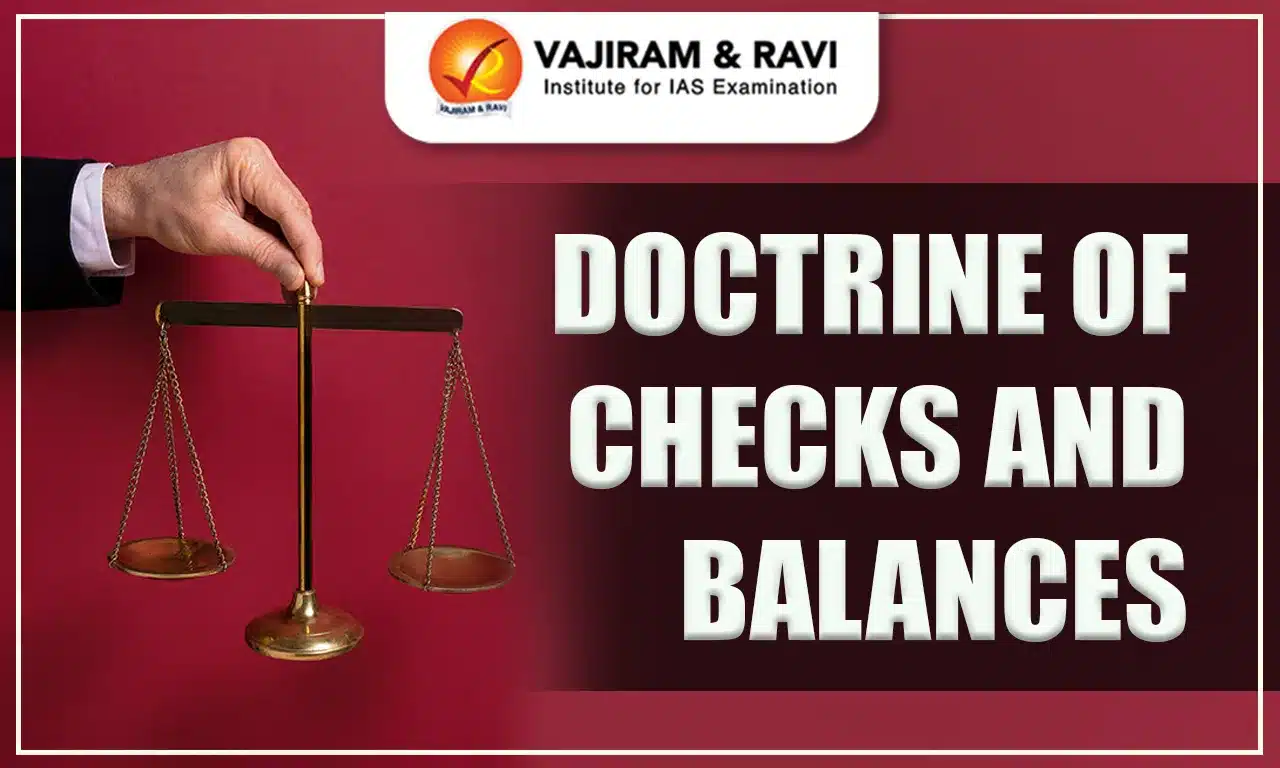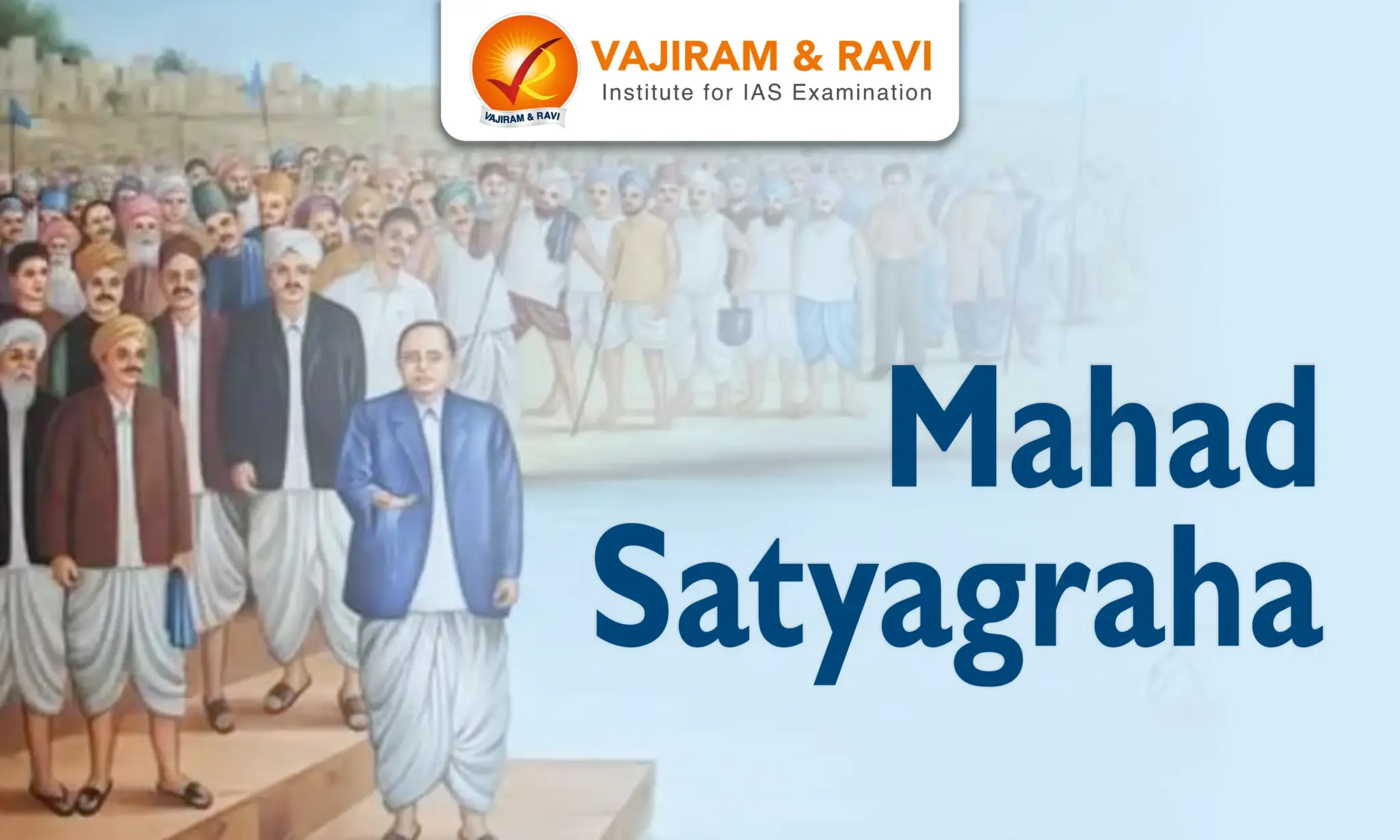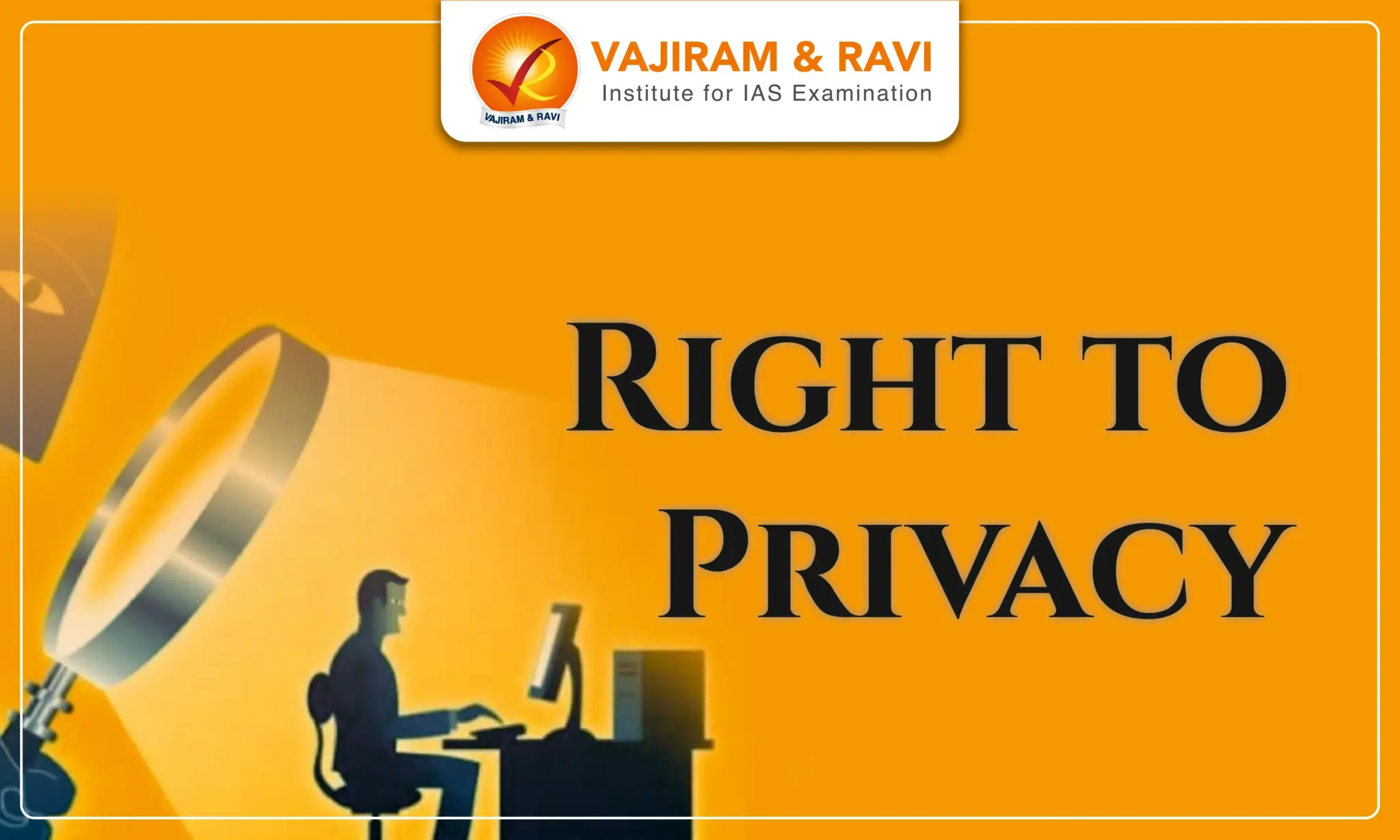What is the doctrine of checks and balances?
The doctrine of checks and balances states that each organ of the government shall act on the other organs in such a way as to prevent them from becoming totalitarian and to prompt them towards fulfilling their constitutional obligations.
- Checks and balances manifest through various procedures set in place to reduce errors, prevent improper functioning, and decrease the risk of centralization of power.
- Various provisions under the Indian Constitution provide for checks and balances in the governance framework of the Indian State.
What is the relationship between the doctrine of separation of powers and the checks and balances?
The doctrine of separation of powers is a fundamental principle in a democratic government, which entails dividing the powers of the state into three separate branches: the legislative, executive, and judicial. Checks and balances are designed to maintain the system of separation of powers, keeping each branch in its place.
- And so, the Indian Constitution does not accept the principle of strict separation of powers rather, it mostly relies on the principle of checks and balances
- This pairing of separated powers with an intricate system of checks and balances is designed to give each branch fortifications against encroachments by the others.
- The aim of this principle is to prevent the concentration of unchecked power and to provide for checks and balances, in which the powers of one branch of government are limited by the powers of another branch to prevent abuses of power and avoid autocracy.
What are the various instruments of checks and balances under the Indian polity?
Checks and balances between Legislature and Executive
| Legislature control on Executive | Executive control on Legislature |
|
|
Checks and balances between Legislature and Judiciary
| Legislature control on Judiciary | Judiciary control on Legislature |
|
|
Checks and balances between Executive and Judiciary
| Executive control on Judiciary | Judiciary control on Executive |
|
|
What are the various factors which undermine the principle of checks and balances?
The system of checks and balances is designed to prevent any one branch of government from becoming too powerful and abusing its authority. However, there are several limitations to this system:
- One issue is the lack of clear demarcation and separation of powers between the different branches of government, leading to overlaps and conflicts.
- Another issue is the concentration of power in the Executive branch, particularly the Prime Minister's Office, which can lead to a lack of accountability.
- The Judiciary has been criticised for judicial overreach, which implies excessive interference of the judiciary with the legislature and the executive.
- One party dominance in the house of people, instances of bypassing parliamentary accountability mechanisms such as standing committees, is eroding the checks of the Legislative over the Executive.
Last updated on November, 2025
→ Check out the latest UPSC Syllabus 2026 here.
→ Join Vajiram & Ravi’s Interview Guidance Programme for expert help to crack your final UPSC stage.
→ UPSC Mains Result 2025 is now out.
→ UPSC Notification 2026 is scheduled to be released on January 14, 2026.
→ UPSC Calendar 2026 is released on 15th May, 2025.
→ The UPSC Vacancy 2025 were released 1129, out of which 979 were for UPSC CSE and remaining 150 are for UPSC IFoS.
→ UPSC Prelims 2026 will be conducted on 24th May, 2026 & UPSC Mains 2026 will be conducted on 21st August 2026.
→ The UPSC Selection Process is of 3 stages-Prelims, Mains and Interview.
→ UPSC Result 2024 is released with latest UPSC Marksheet 2024. Check Now!
→ UPSC Prelims Result 2025 is out now for the CSE held on 25 May 2025.
→ UPSC Toppers List 2024 is released now. Shakti Dubey is UPSC AIR 1 2024 Topper.
→ UPSC Prelims Question Paper 2025 and Unofficial Prelims Answer Key 2025 are available now.
→ UPSC Mains Question Paper 2025 is out for Essay, GS 1, 2, 3 & GS 4.
→ UPSC Mains Indian Language Question Paper 2025 is now out.
→ UPSC Mains Optional Question Paper 2025 is now out.
→ Also check Best IAS Coaching in Delhi
Doctrine of Checks and Balances FAQs
Q1. What are the clemency powers of the President?+
Q2. What is judicial review?+

















